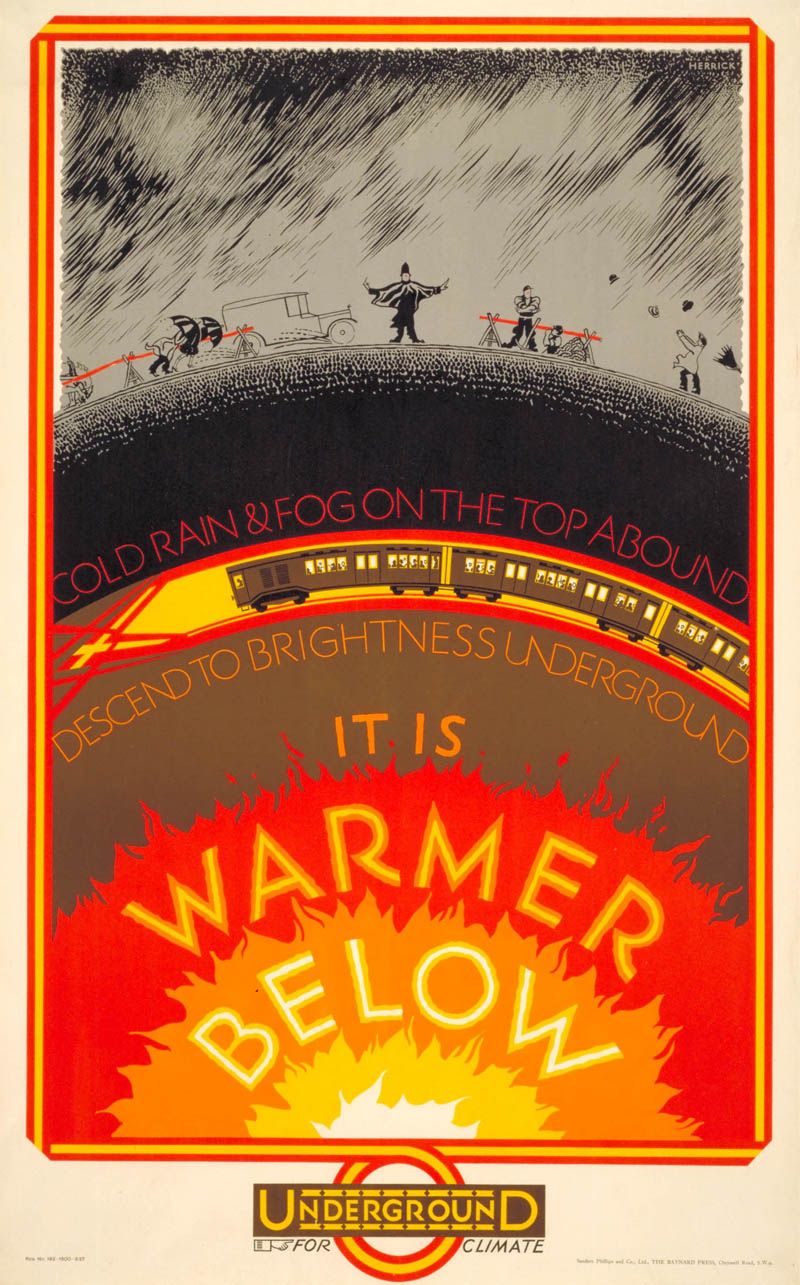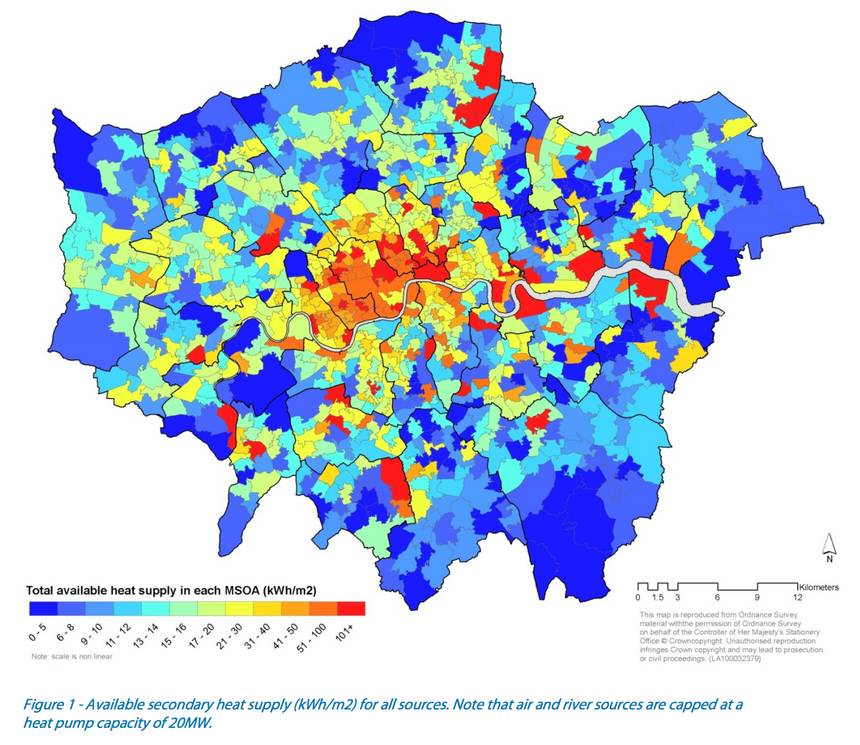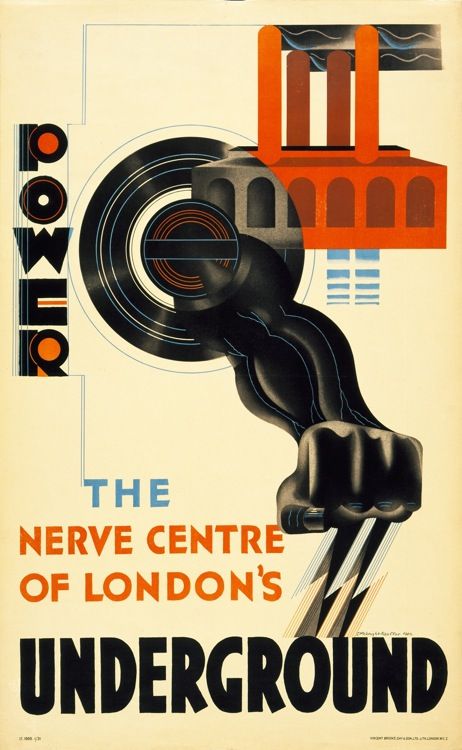Source: treehugger.com
 Published: November 21, 2013
Published: November 21, 2013
© London Underground
The London Transport poster is correct; it IS warmer below. So warm, in fact, that Transport for London is going to give some of it a way, to the Bunhill Heat and Power Network, which currently pipes heat to 700 homes with waste heat from a Combined Heat and Power Plant.
According to Boris’s press release, “London Underground generates large amounts of heat, which will be captured from a nearby Northern Line vent and piped into the heat network which warms local homes.” The presser continues:
Martin Wilcox, head of future networks at UK Power Networks, said: “We are carrying out a feasibility project exploring the potential to capture waste heat from one of our high voltage electricity substations and use it to warm local homes for the first time.
“If it is successful there could be potential to replicate this and increase access to low carbon, low cost energy in other parts of the capital because we have electricity substations dotted throughout London which keep the lights on for millions of homes and businesses.”

It’s not the only place they are looking for waste heat; there are hot spots all over town.
Sources of heat include: industrial and process sources such as power stations, industrial processes (such as chemical industries, clinical waste incinerators and food producers), building cooling systems and refrigeration (such as offices, supermarkets and data centres), sewerage systems and water treatment works, London Underground tunnels and electricity substations; and environmental sources – air, ground, water (that retain solar heat).
Low grade heat has usually been hard to use and and not worth the trouble of collecting. However as fossil fuels get more expensive and technology improve, it makes not sense to let it slip away. We need more of this.
More from London; found on Grist.

